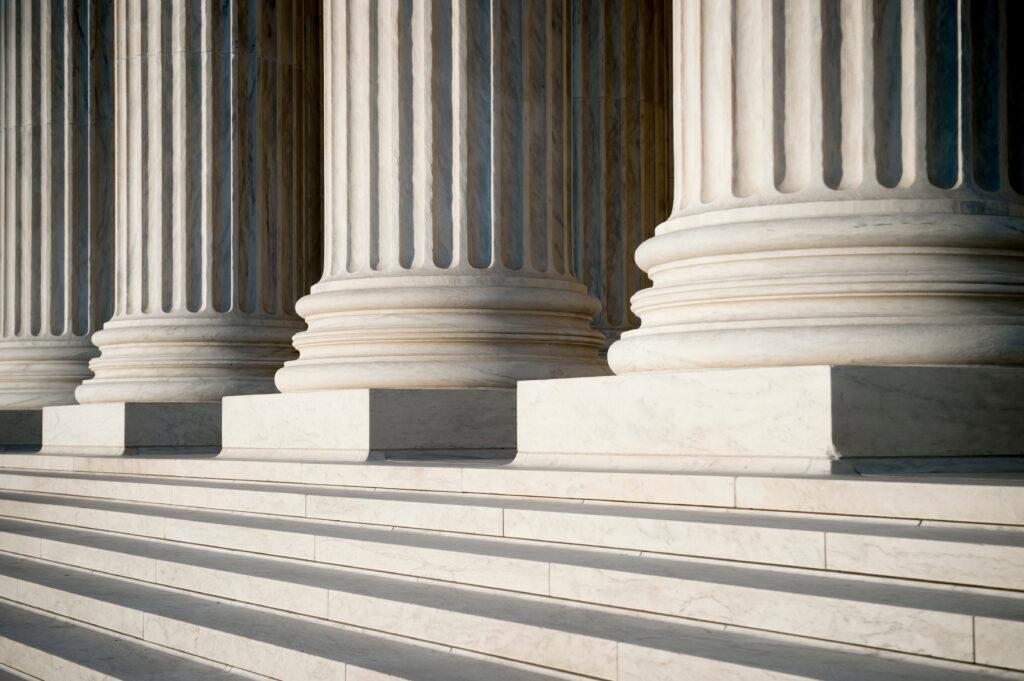Depending on one’s individual perspective, sobriety checkpoints are either considered a part of a comprehensive strategy for the interdiction of possible impaired drivers or an excuse to intrude into the constitutional rights of law abiding citizens. Until 1990, the entire process was generally considered unconstitutional. In the landmark decision of Michigan v. Sitz, the United States Supreme Court authorized the use of sobriety checkpoints for suspected impaired drivers for states and municipalities provided that strict guidelines were adhered to. The Court generally considered the checkpoint process a seizure of persons but found that the process was acceptable if a specific protocol was adhered to by police officers planning and conducting the checkpoint. Today, nine states reject the constitutionality of checkpoints. Louisiana courts have found the process to be acceptable, provided that strict guidelines are followed. Those requirements include: 1) The location, time and duration of a checkpoint, and other regulations for operation of the checkpoint, preferably in written form, established by supervisory or other administrative personnel rather than the field officers implementing the checkpoint; 2) Advance warning to the approaching motorist with signs, flares and other indications to warn of the impending stop in a safe manner and to provide notice of its official nature as a police checkpoint; 3) Detention of the motorist for a minimal length of time; and, 4) The use of a systematic nonrandom criteria for stopping motorists. As you can imagine, the process is its actual state not simple and fraught with procedural hurdles for police to be in compliance. Each and every element of the mandatory guidelines must come together for there to be a stop which is in compliance with federal and state law. If any element is missing, the “stop” is invalid and subject to a motion to suppress leading to an acquittal of charges.
